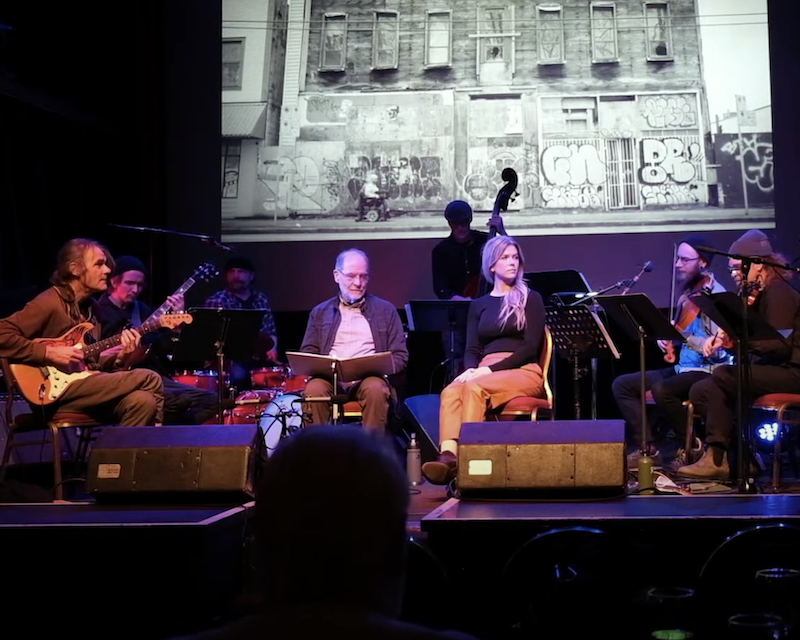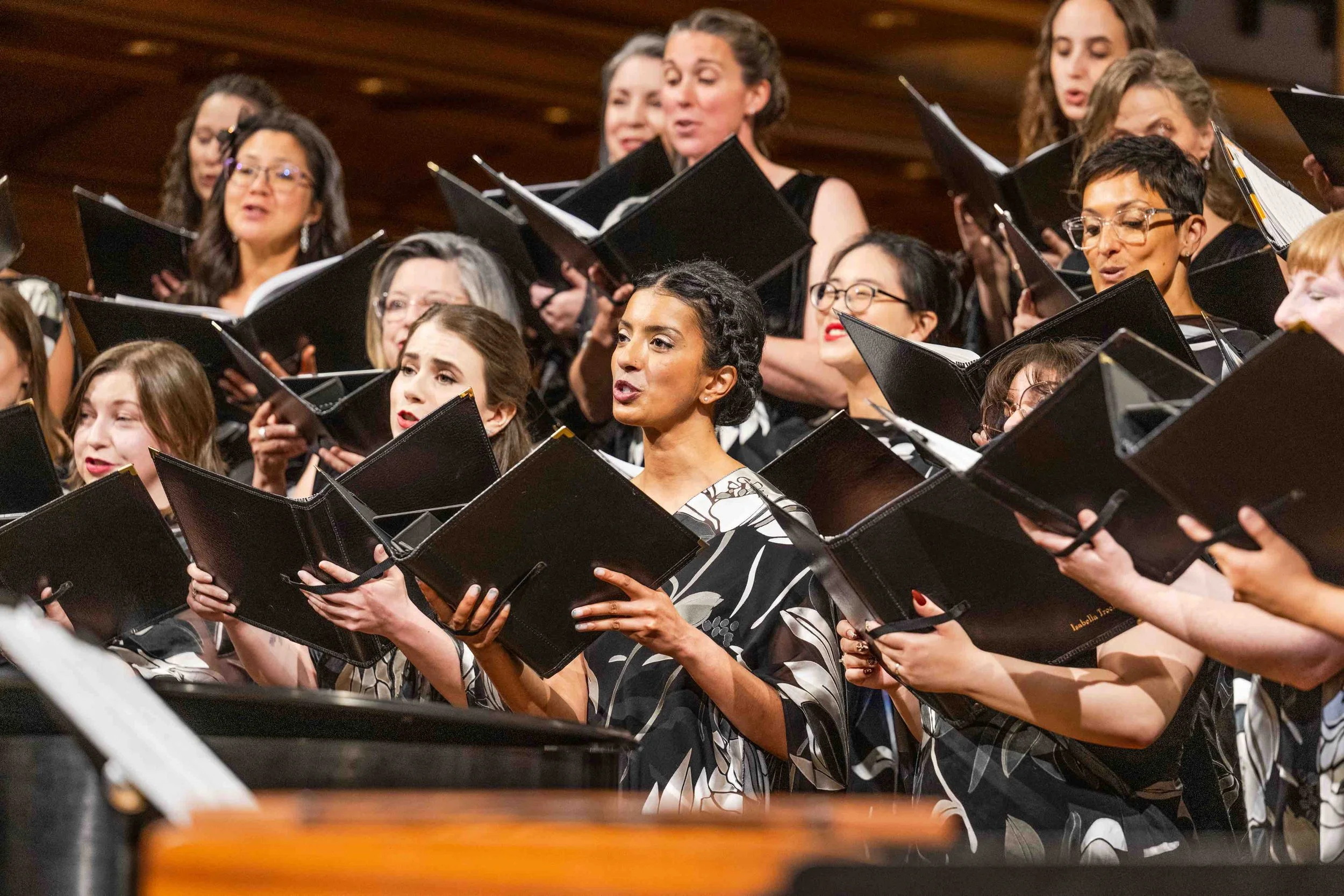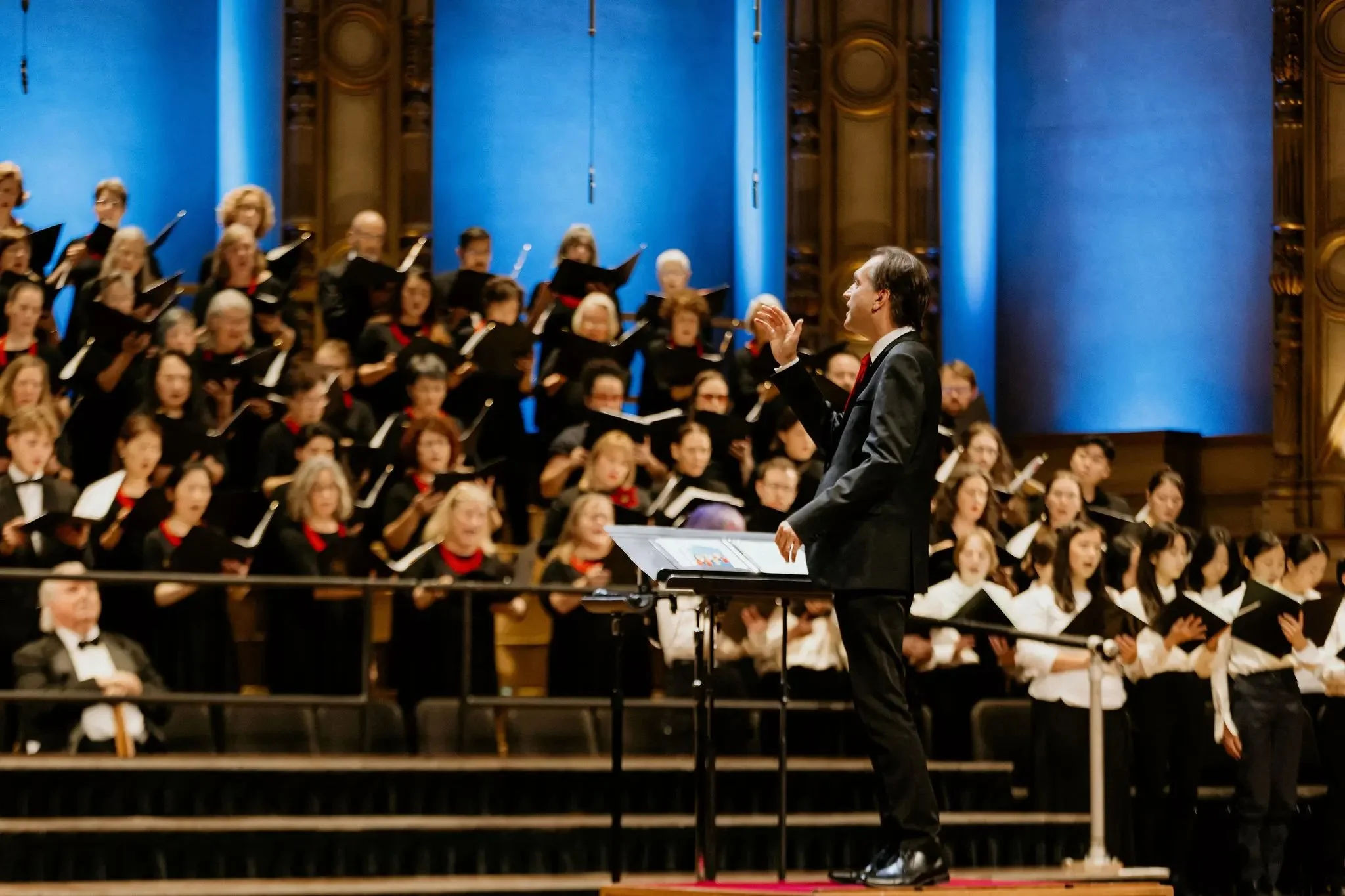Tony Wilson’s music-filled, multimedia The Homeless Project shines a light on the city’s dispossessed
As part of Ironfest and Downtown Eastside Heart of the City Festival, an all-star team of improvisors join the musician-composer who knows what it’s like to live on the streets
The DTES Heart of the City Festival and IronFest IV present Tony Wilson’s The Homeless Project at the Carnegie Community Centre Theatre on October 26
IT STARTED WITH a book, although in truth the book started with events that happened decades earlier, during Hornby Island guitarist and composer Tony Wilson’s hand-to-mouth years on the Downtown Eastside. We won’t go into the details, but some of them are brutal, and they’re all set down in A Day’s Life, Wilson’s 2012 memoir. It’s an enlightening read, if not an easy one.
But being a musician as well as a writer, Wilson wasn’t finished with this personal exorcism once he’d gotten it down on paper. A Day’s Life soon became a multimedia project, and that in turn gave birth to an ongoing series in which Wilson uses music, text, still photography, and film to shine a sympathetic light on Canada’s urban dispossessed, whether they’re troubled teens, older addicts, or the homeless.
“The book came first, and then I wrote the music to go with it,” Wilson explains in a phone call from Hornby, which he’s called home for most of his adult life—except for those times when he himself has been homeless. “That’s kind of the deal. And, of course, I have some personal experiences, so I have a little empathy and a certain understanding of what addiction and homelessness and abuse and all these things are, and I’m just at a point in life where I started thinking ‘Let’s make it more than just music.’
“I’d like to make a little bit of a contribution to bringing these things to light,” he adds. “I think they’re important issues, and of course in Vancouver, they’re right in front of our faces.”
That’s especially true of the topics covered in The Homeless Project, Wilson’s third stage-and-screen production after A Day’s Life and Looking Back, which focused on Wilson’s teenage years in a shockingly abusive training school for juvenile delinquents.
All, he says, are intended to give hope to those who might see themselves in his work, and to encourage empathy in those who might not.
“With all three of these projects I’ve had the kind of feedback, where people… Well, it’s obviously moved them, and it’s made them re-think a little bit about what this stereotypical situation is,” he notes. “People that are suffering in this way, they never set out in life to be in that situation. Something brought them there, and usually it’s because they’ve gone through trauma. So that’s the thing that’s important. If a few people walk out and go ‘Oh, right. There’s more to the story here than what I see,’ it’s made a difference.
“Part of the situation is that if you see someone in certain situations, you make judgements upon that,” he continues. “It’s kind of understandable, because in society there are different castes or whatever you want to call them. but this is about getting beyond the judgements and seeing people as human beings who have a story and who have a family, just like everyone else. It’s just that they’ve been dealt a rotten hand, and now they’re kind of fucked.”
Wilson has assembled a sizeable creative team for The Homeless Project, including an all-star cast of Vancouver-based improvisers. (The band includes J.P. Carter on trumpet, Josh Zubot on violin, bassist Russell Sholberg, drummer Kenton Loewen, and Cole Schmidt on guitar.) Also on board are cinematographer Michael McKinlay, who has created five short films to go along with Wilson’s instrumental compositions; singer Patsy Klein, who has co-written two of the songs in addition to contributing her gutsy voice; projectionist Zsofin Sheehy; and writer Rhea Monpetit, whose text deals with some of her own struggles, now resolved, with homelessness and addiction. Significantly, Monpetit is not just McKinlay’s wife; she’s also Wilson’s daughter.
“She has quite bravely bared her soul in this one—and as a father, it’s hard to hear, to say the least,” Wilson admits. “But I’m really proud that she did that, and she’s been doing really well. She’s totally clean, she’s a paralegal, and she’s happily married; she’s totally turned her life around. So her story has a happy ending.”
Another family connection led to Wilson including sign-language interpreter Jessica Heuchert in the cast: his other daughter is deaf. “She doesn’t generally come to my gigs, but that’s why I’ve included the sign language, or that’s the main reason,” he explains. “I wanted it to be accessible to deaf people. And Jessica is artful in the way she portrays the signing. It’s not like watching a government show where you have the little box and the person’s signing away; it’s way more artful than that, these gestures, especially with the lyrics. So it’s really a nice visual part of the project, too.”
Another positive touch is that The Homeless Project will receive a free performance at the Downtown Eastside’s Carnegie Community Centre, in a joint initiative between the DTES Heart of the City Festival and the Coastal Jazz and Blues Society’s IronFest IV festival. The Carnegie show is a gift to the community that sheltered Wilson at some of his lowest moments, and a welcome challenge for the artists, too.
“With a lot of gigs, you know people are going to like the music, because they’ve seen me play a lot,” he observes. “They know what they’re in for. But part of the Carnegie audience has got no fucking idea what it’s going to be—and so if you can get over to them, then you’re really getting somewhere.
“It’s a difficult part of town to traverse, in a way, just because it’s sad,” he adds. “But it’s awesome that that place is there, with the food and the library and the telephones and all the stuff that helps the people that are out there, living on the street. I just hope that some people come to the show, and that they like it, and that when they walk out that door and look down the street they have maybe a slightly different attitude towards what they see.”














